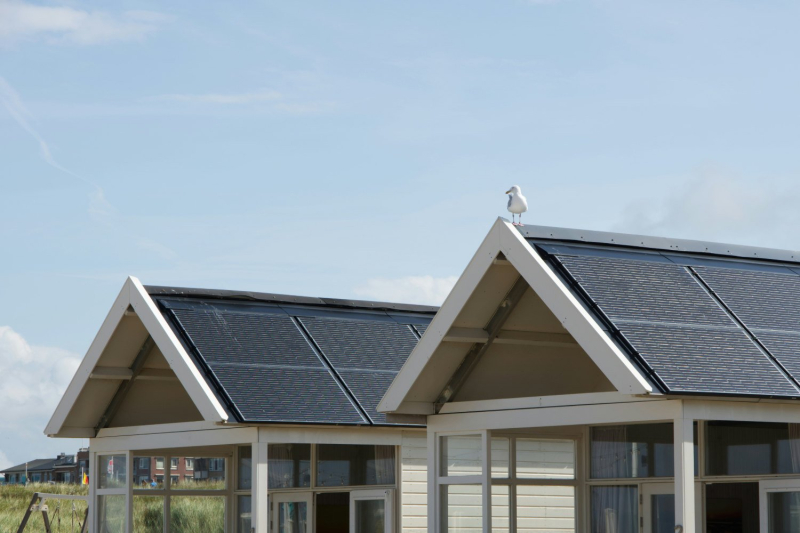
© Unsplash/Mischa Franck
6% of the electrical energy consumed in the world comes from a photovoltaic production source. The Sun has therefore provided enough electricity to power 1/20th of our uses, a figure which may seem insignificant, but which is in reality very encouraging for the future of humanity.
The main advantage of photovoltaic systems is their ease of use and their efficiency. In recent years, solar panels have become perfect solutions for producing large quantities of clean electricity. Although the 6% produced today may not seem like much, it corresponds to the total consumption of a country like the United States in the 1950s.
Limitless production?
Today the area covered by solar panels corresponds to the Île-de-France region . It’s a drop in the ocean on a global scale. In 2005, researcher Nadine May estimated that it was necessary to build a square mega-structure measuring 254 kilometers on each side to provide the entire world with completely clean electricity.
During her work, she proposed placing this immense installation in the Algerian desert, one of the sunniest areas on the planet.
Feeding the entire world with Solar energy is therefore possible, on paper, but also in practice. It is enough to see the development of this energy, to the detriment of other modes of production “green” to understand that solar power is a step ahead of its neighbors (such as hydraulics, wind power or biomass).
A recyclable solution ?
Opponents of solar panels often highlight the question of how to manage these immense structures once they reach the end of their life. Because, it's true, solar panels are not eternal. They function optimally for 20 to 30 years. Although recent technical developments make it possible to build more durable solar panels, one day they will have to be replaced.
But fortunately, science has made it possible for several years to recycle the & ;#8217;overwhelming majority of elements present in a solar panel. Today, nearly 95% of these materials can be recycled. Manufacturing requires a lot of energy, but companies designing solar panels generally use it to provide electricity, forming a large virtuous circle around this industry.
What are the brakes?
Faced with such arguments (decent production, ease of production, a recyclable product, etc.), one can legitimately wonder why solar panels are not already everywhere. As is often the case, the answer is to be found in the long term. In 2008, electricity production by photovoltaics was 42 GWh. In 2023, France has exceeded 23,242 GWh. Yet France is only the 4th largest producer in Europe and its photovoltaic potential is still far from being reached.
The French Environment and Energy Management Agency (ADEME) estimates that French roofs have a production potential of 364 GWp. In 2023, they only produced 8.7 GWp.
📍 To not miss any Presse-citron news, follow us on Google News and WhatsApp.

